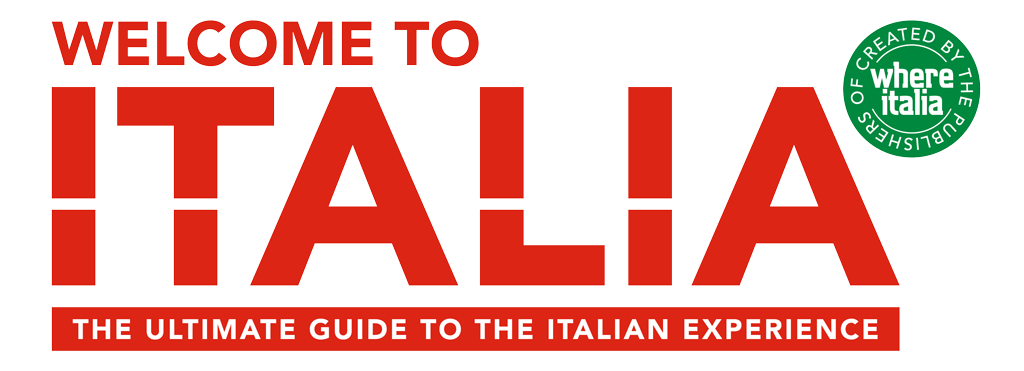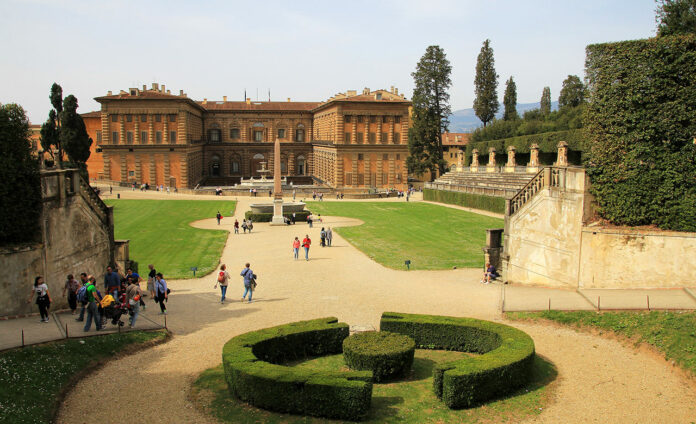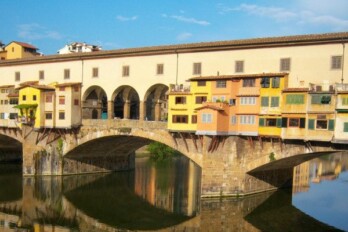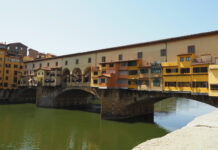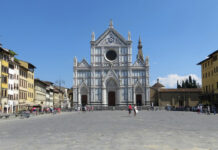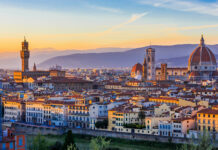The symbol of wealth and power, Palazzo Pitti was inhabited by the Medici, then by the Habsburg-Lorraines and, after the Unity of Italy, by the Savoy family. The imposing Renaissance building is located in Oltrarno, at the foot of Boboli Hill. Stretching out behind Pitti Palace are the marvellous Boboli Gardens, one of the most important examples of Italian-style gardens in the world.
The original architecture of the palace at the foot of the Boboli hill dates back to the 15th century and “Pitti” is the surname of its first owner, the Florentine banker Luca Pitti, a great rival of the Medici family. It was purchased in 1550 by Cosimo I de’ Medici and Eleonora di Toledo to transform it into the family’s new grand-ducal residence and soon became the symbol of the Medici’s power over Tuscany. Bartolomeo Ammannati, the Grand Duke’s favourite architect, enlarged the facade, created the imposing courtyard (which served as a splendid setting for great events) and created the magnificent Italian garden of Boboli behind the palace. It was Giorgio Vasari, instead, who built the famous Vasari Corridor in 1565, which would connect Palazzo Pitti with Palazzo Vecchio, passing through the Ponte Vecchio and the Uffizi.
Today Palazzo Pitti is home to four different museums: the Treasure of the Grand Dukes on the ground floor, the Palatine Gallery (where some of the most beautiful rooms of the entire complex are located) and the Imperial and Royal Apartments on the main floor of the Palace, the Gallery of Modern Art and the Museum of Fashion and Costume on the second floor.
The Boboli Gardens and the Pitti Palace developed together over three centuries and under three different dynasties: the Medici, the Hapsburg-Lorraine and the Savoy. It was the Medici who were first responsible for designing their layout, creating the model of the Italian-style garden that was to become an example for many European courts. Populated by ancient and Renaissance statues, adorned with grottos – including the famous Buontalenti Grotto – and large fountains, such as those of Neptune and the Ocean, they are a genuine open-air museum. The terraced area includes the Rococò pavilion known as the Kaffeehaus and the Limonaia, the Lemon House. At the centre of the Rose Garden is the Palazzina del Cavaliere, which houses the Porcelain Museum.





